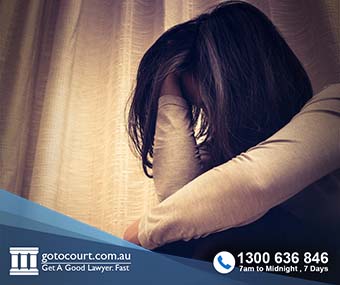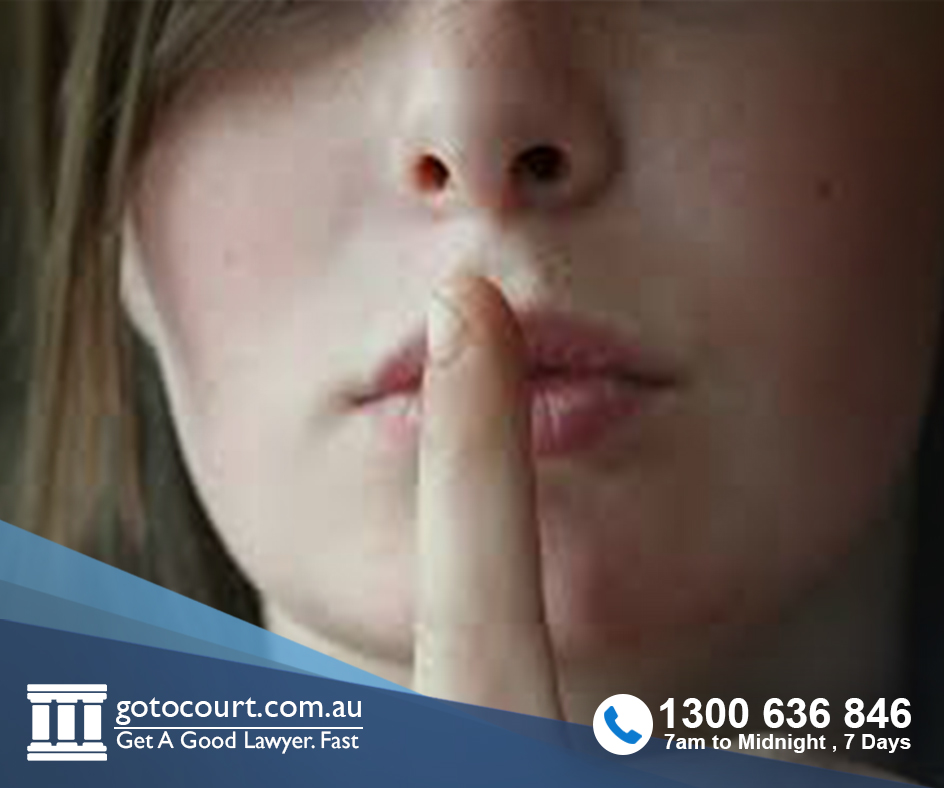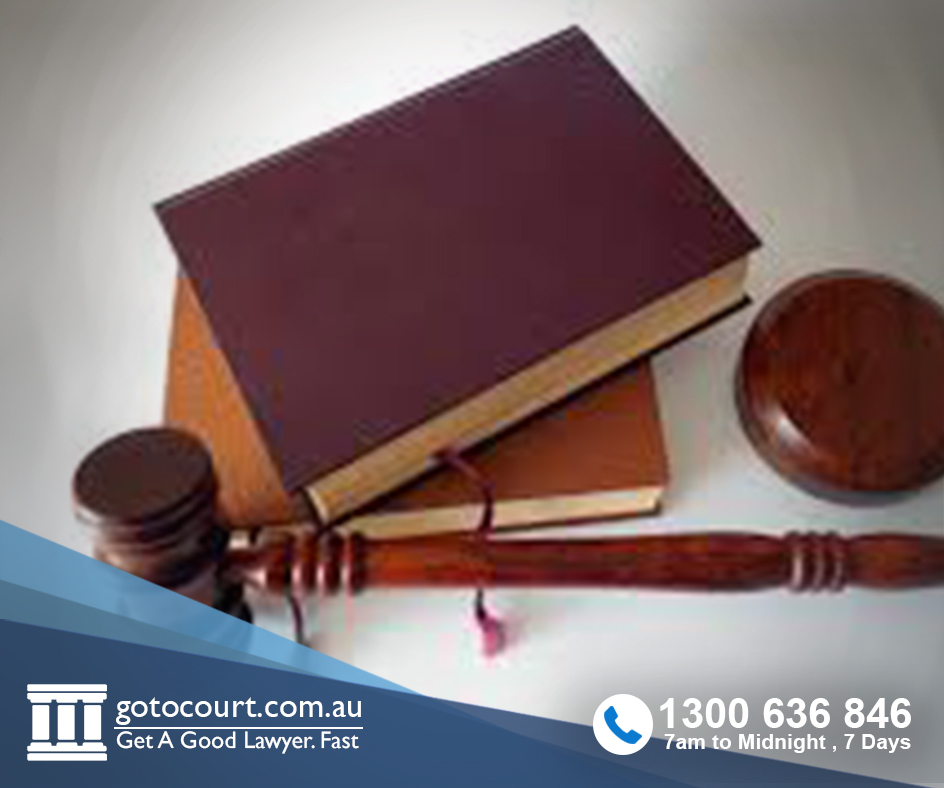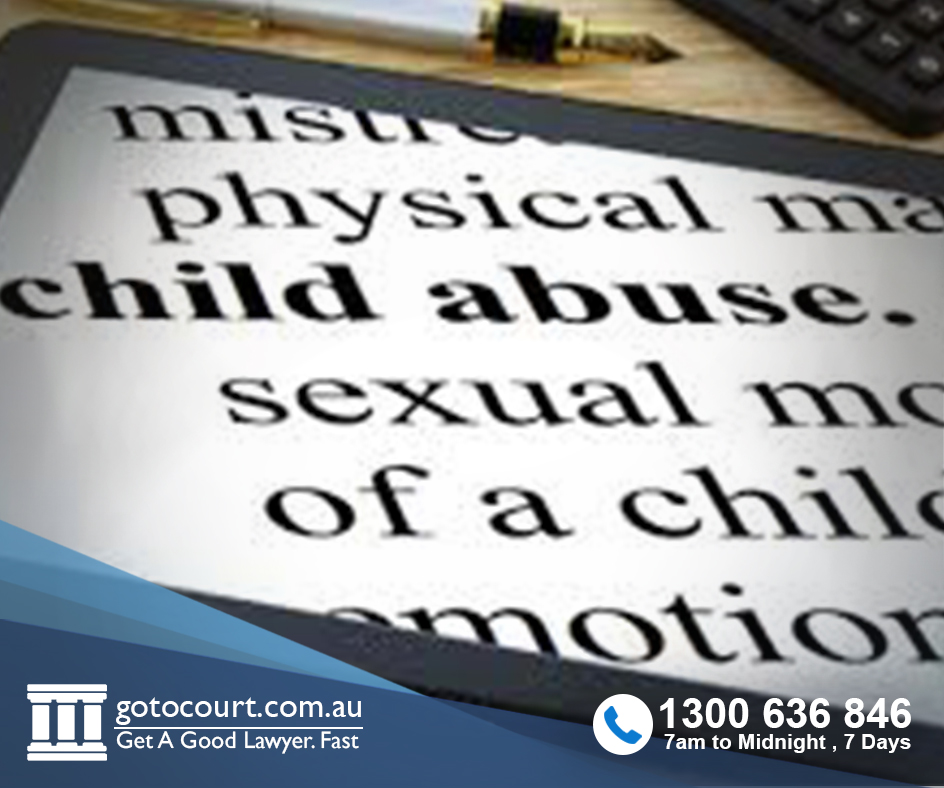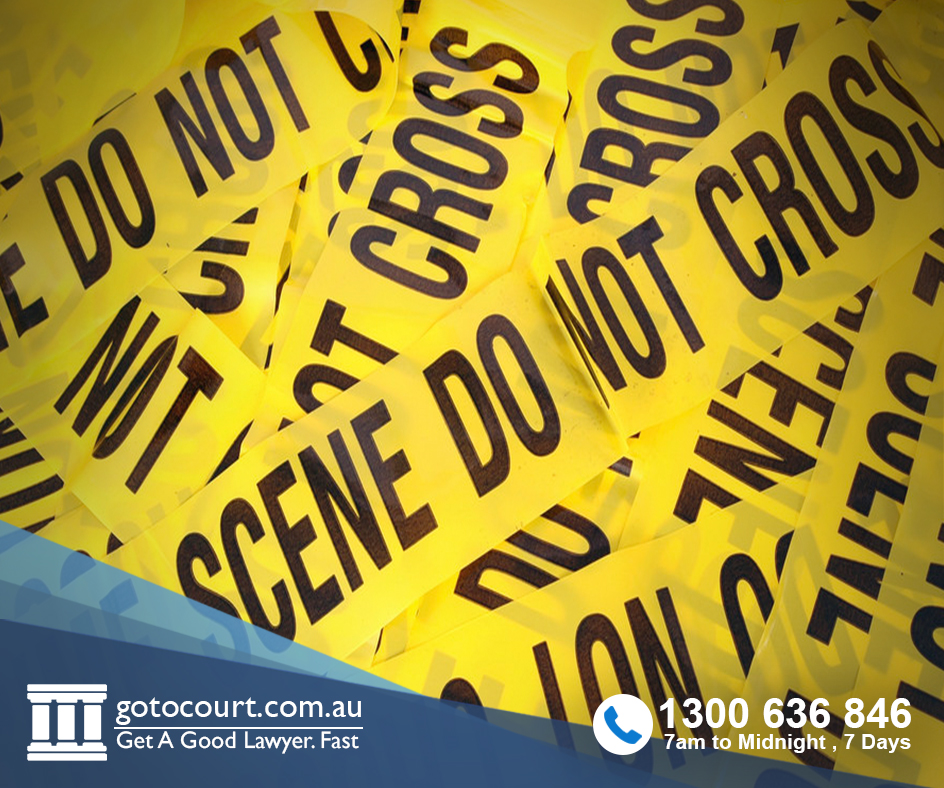Photography and Filming in Court (Vic)
As digital photography and filming on smartphones is becoming more and more common, it is often necessary to remind people that photography and filming within court precincts is generally not allowed. Unless you have express permission to photograph or video proceedings, you must not do so. This is the same in the Magistrates, Children’s, Supreme and County Courts and includes the areas outside the courtrooms, such as the foyer. If you take photos in court or in any of these areas, you may be charged with an offence.
Most proceedings are, however, held in open court. This means that any member of the public can sit in court and listen to the proceedings. While you are in court, you are required to observe court etiquette. This includes ensuring that your phone is switched off or on silent.
Offences
It is an offence under Section 4A of the Court Security Act 1980 to film court proceedings without permission. This offence is punishable by a fine of up to 20 penalty units.
It is an offence under Section 4B of the Act to publish a recording of a court proceeding without written permission from a judicial officer. This offence is punishable by a fine of up to 20 penalty units.
It is an offence under Section 4d to give or transmit a recording of a court proceeding to another person without authorisation. This offence is punishable by a fine of up to 20 penalty units.
It is an offence under common law to disrupt or obstruct court proceedings. This is known as contempt in the face of the court. Continuing to film or photograph in court after being told not to do so could lead to a charge of contempt in the face of the court, which may attract a penalty of a fine or a period of imprisonment.
Supreme Court
If you are caught using a camera within the Supreme Court, you will be required to stop and to show the court officer the film or photo you have taken and to delete it.
Photography is, however, permitted in the Supreme Court courtyard before and after admission ceremonies and within the Supreme Court library. Requests to take photographs for commercial purposes can be made to the CEO’s office.
The Supreme Court states that the media is allowed to film and photograph people in public places in the course of reporting on court proceedings. However, people are entitled to enter and leave the courts without being harassed or intimidated.
The presiding judge may permit the use of still photography in the Supreme Court where it is appropriate, with the permission of those who are proposed to be photographed.
Permission for filming in the Supreme Court will only be given after the Chief Justice is consulted and the media team notified.
The Supreme Court generally permits sketch artists to be present in the courtroom to sketch the accused or witnesses. This reduces the need for photography and is a long court tradition.
County Court
In the County Court, filming of a judge giving their reasons may occur only with the permission of the presiding judge in advance. Judges must not be filmed entering or leaving the court.
Journalists may request permission that a court artist be present in the County Court to sketch the accused or witnesses.
Magistrates Court
Photography and filming are prohibited in the Magistrates Court without written permission from the court. The media is also required to refrain from using photography or video without authorisation.
Children’s Court
Photographs and filming or audio recordings are not allowed in the Children’s Court without permission from the presiding magistrate. If these rules are not complied with, you may be asked to leave the courtroom and your device may be confiscated.
Offences
Aside from offences relating to unauthorised photography and filming in court, there are a range of offences relating to publishing material relating to Children’s Court proceedings.
Section 523 of the Children, Youth and Families Act makes it an offence to publish any picture or account of Children’s Court proceedings that would lead to any person involved in the proceedings being identified or to the identification of a child who is subject to a Children’s Court order.
Section 534 of the Children, Youth and Families Act prohibits the publication of am image of a child or other party to the proceeding.
If you require legal advice or representation in a criminal law matter or in any other legal matter, please contact Go To Court Lawyers.


